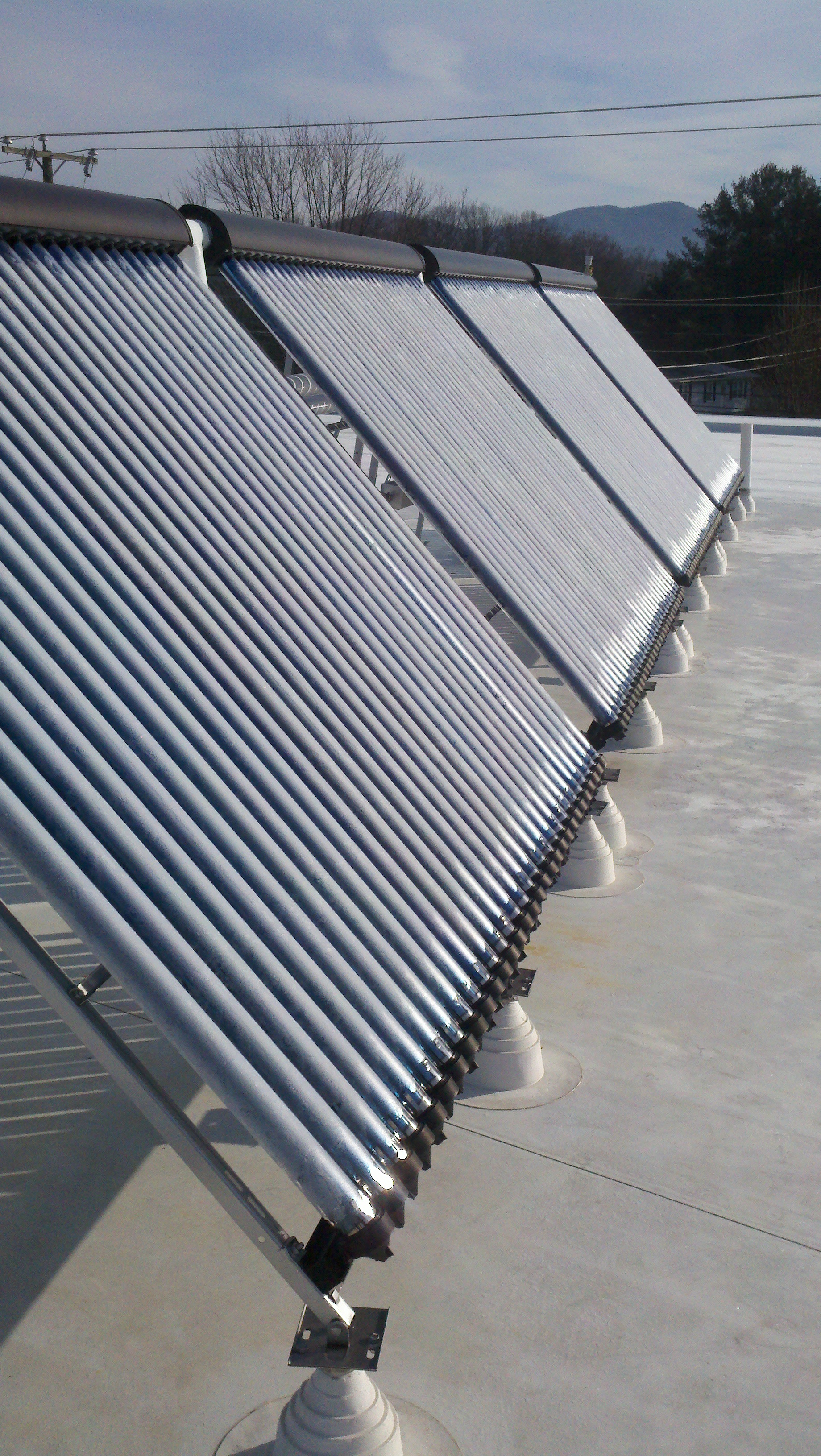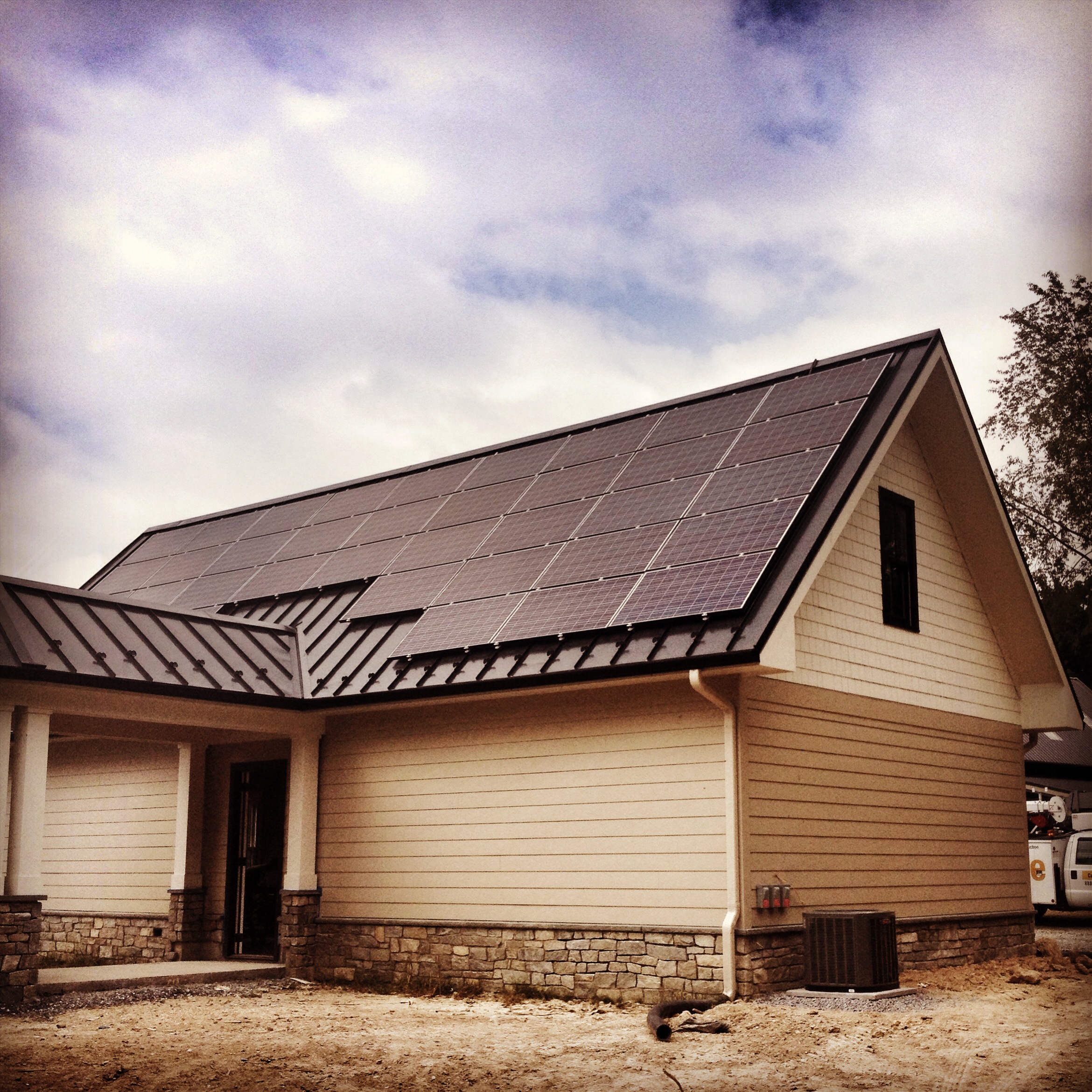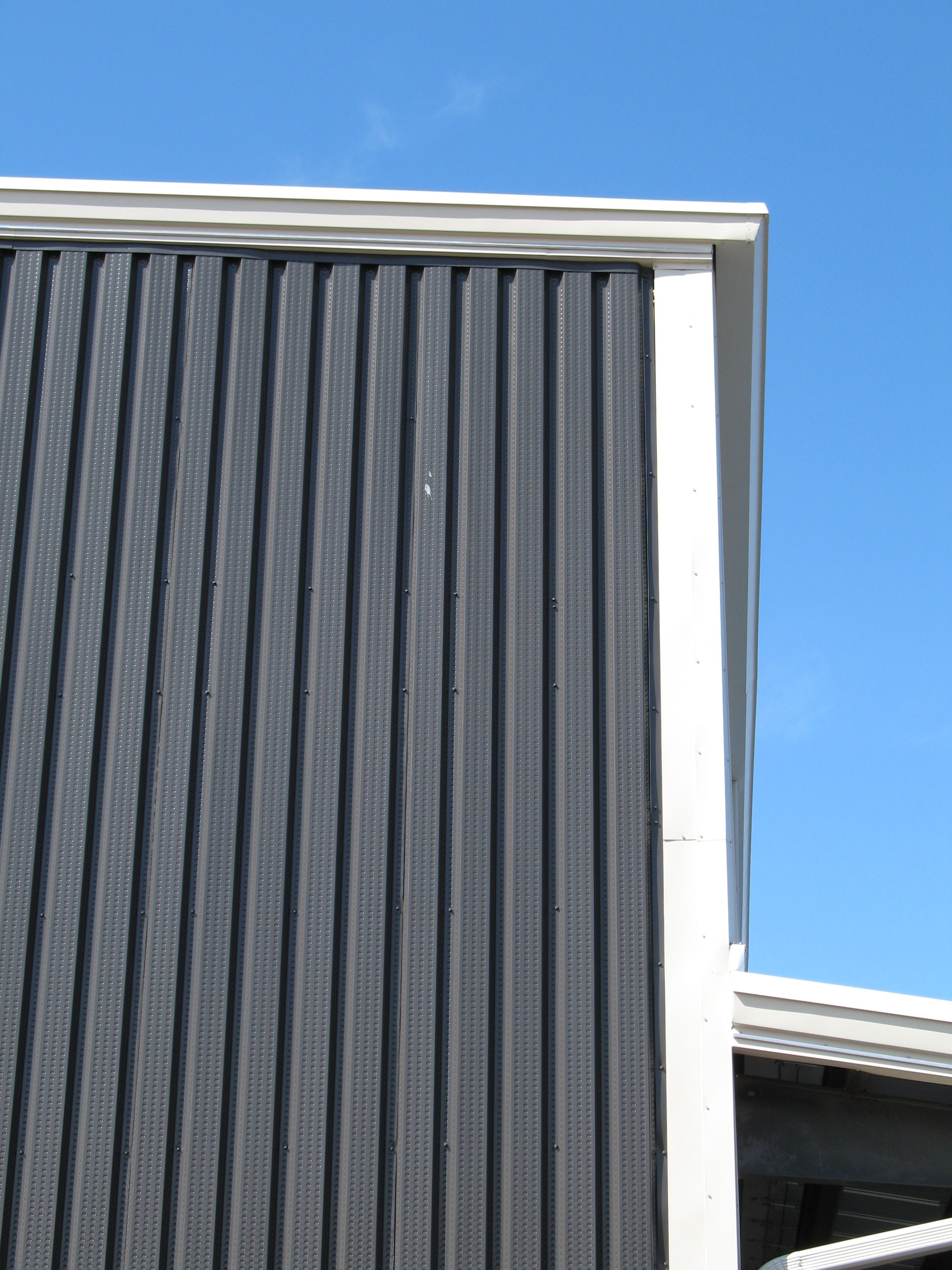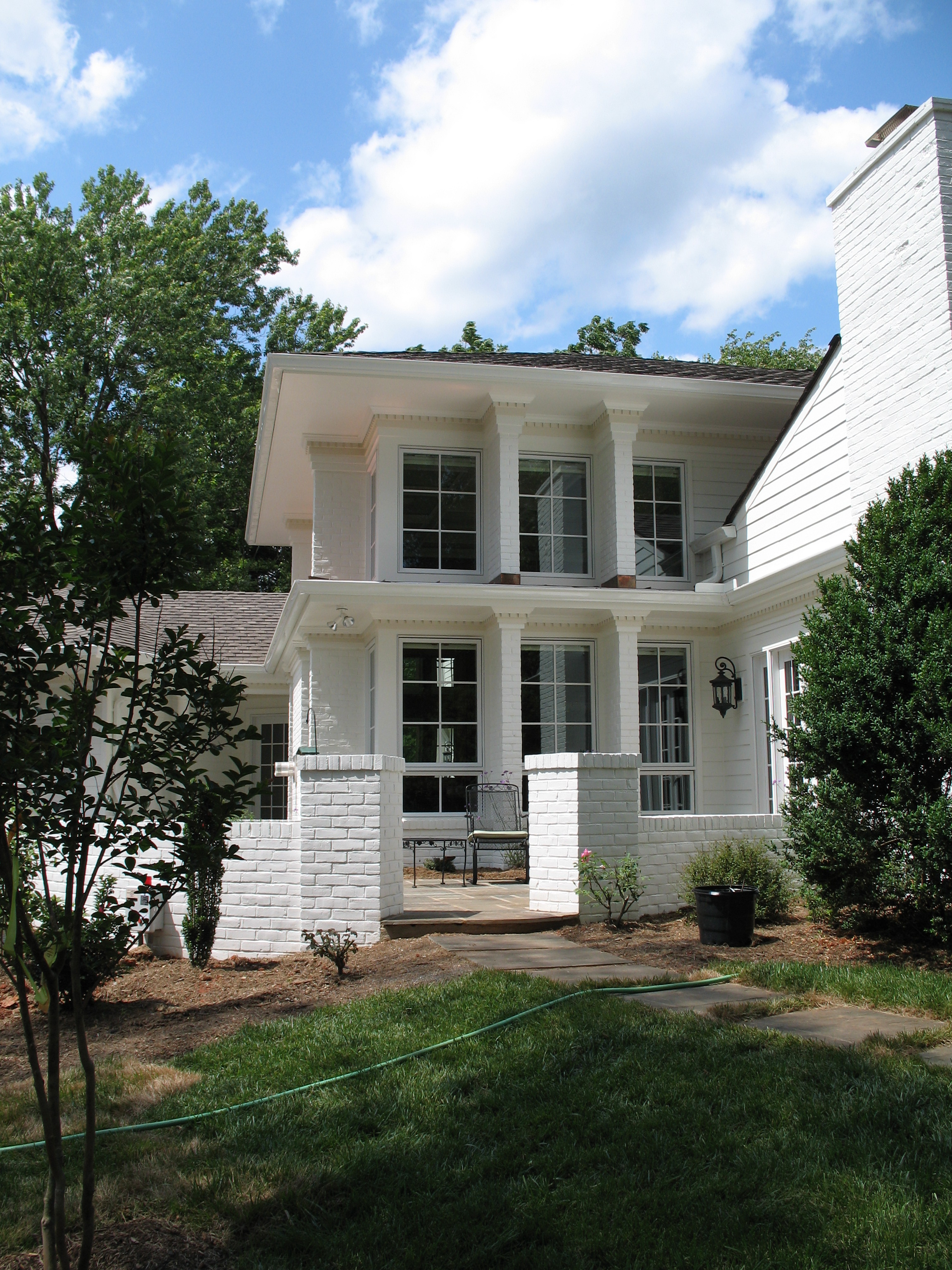Mincer’s – The Shops at Stonefield – Project Update
Mincer’s has expanded! We originally introduced the project here. Let us know what you think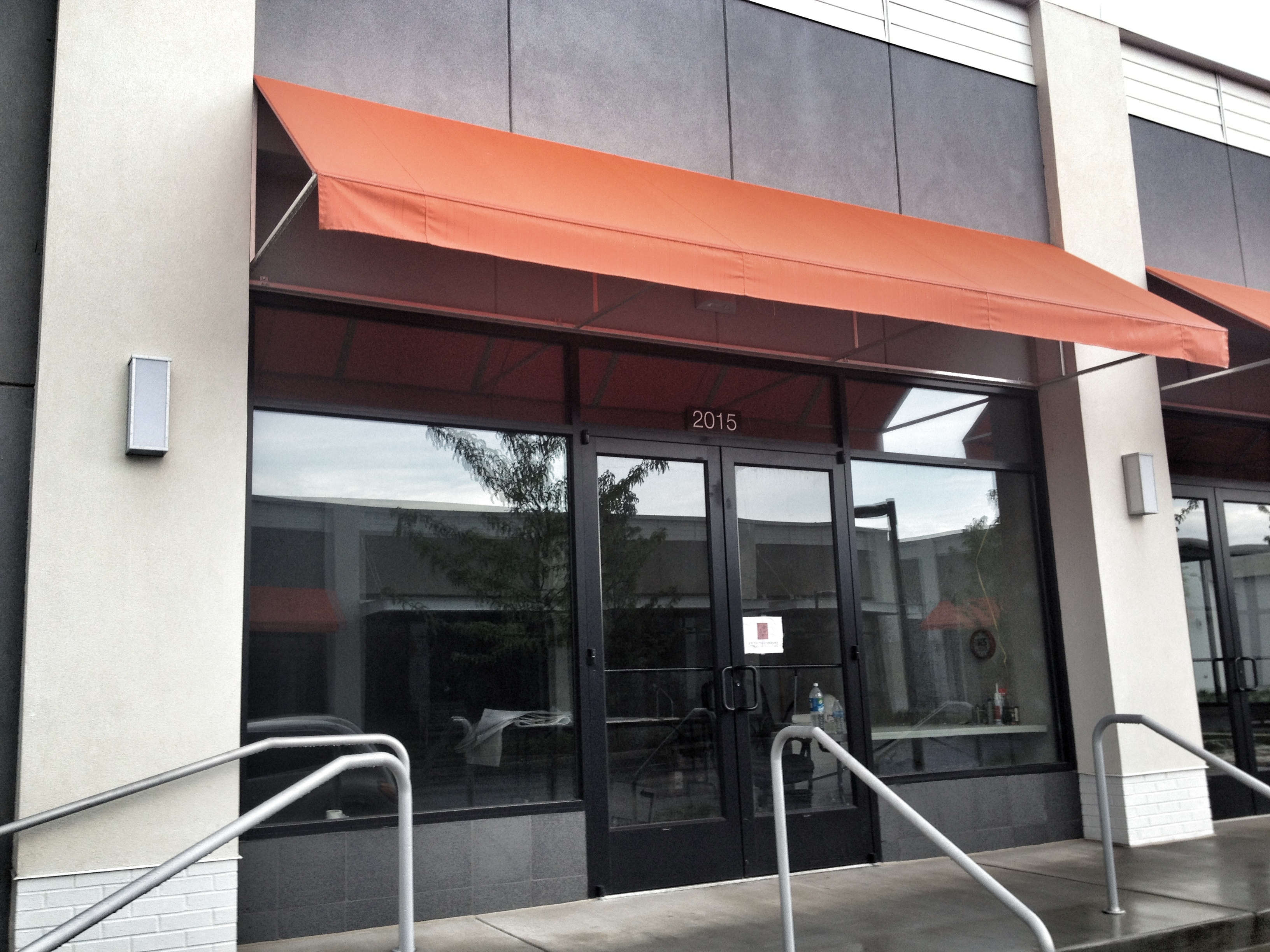
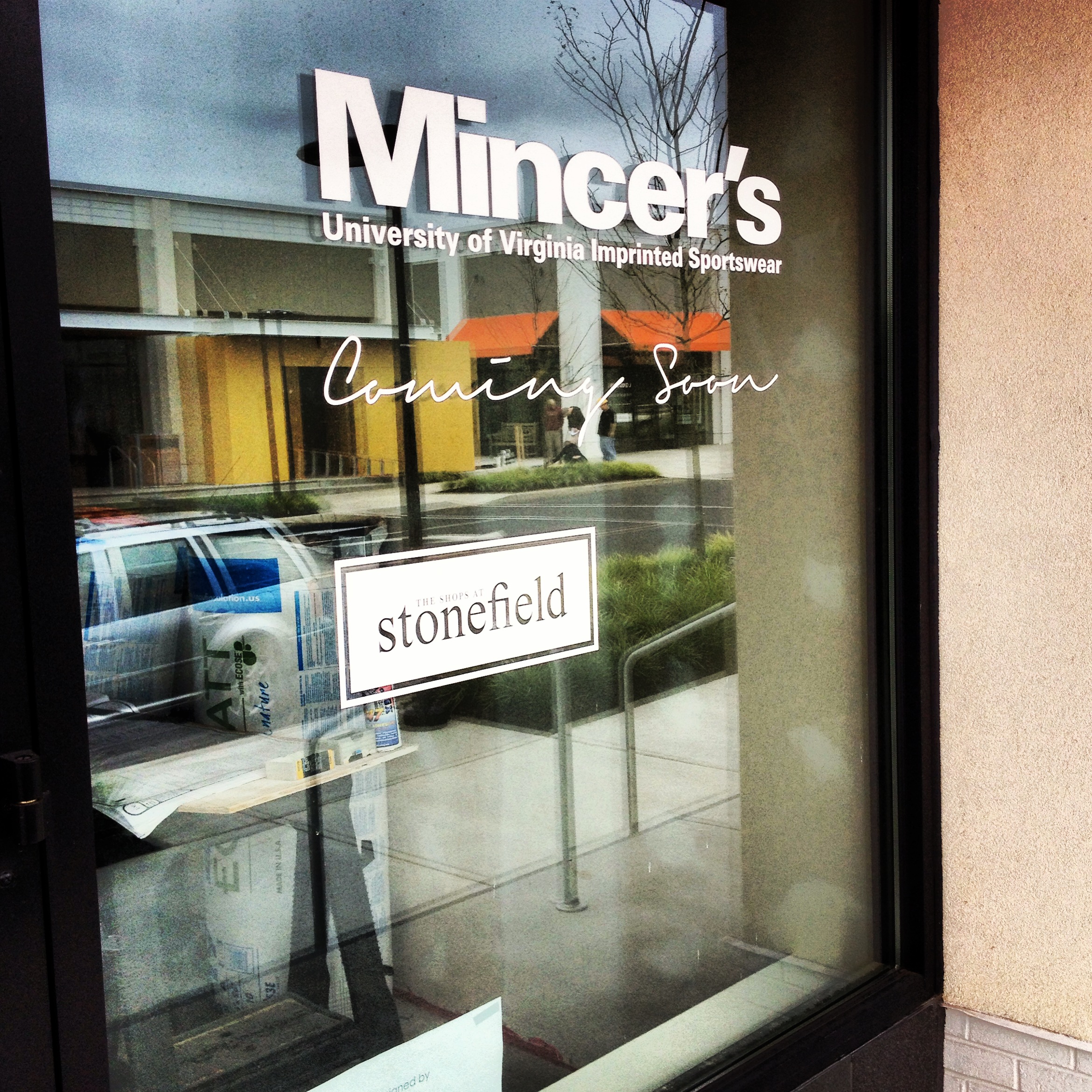 of their new location.
of their new location.
Mincer’s has expanded! We originally introduced the project here. Let us know what you think
 of their new location.
of their new location.
Our clients for the Crossroads Farm home we finished a couple of years ago sent us some new pics of their home. We posted about the home here and here and here and here in the past. This home features a vegetated retaining wall, rainwater harvesting system, and high performance thermal envelope / heating and cooling system.
As of 2010, according to National Center for Education Statistics (NCES), there are almost 99,000 public K-12 schools in America. In 1999 (the most recent data available), the average public school building in the U.S. was 42 years old. We build our public building, particularly schools, to last a long time. Building to only meet the current code (the absolute worst possible building you can build by law) is a short-sighted approach to the health of our community. Our building codes are updated and most often strengthened every three years in the Commonwealth of Virginia. So why not try to build a building that will perform better than code over the next 50 years.
A Zero-Energy building was once a very expensive proposition that was only achieved by very few specifically using alternative energy. Now with the costs of traditional energy sources going up, alternative energy technology reducing, and building science understanding becoming mainstream, zero-energy buildings are very achievable. This approach to school construction acknowledges the need for a holistic long-term building solution that sets an example for the children attending the school. A Zero Energy Building solution shows the community that our leaders care about future costs to run a facility, tax burdens imposed on community members, and the health of our environment. More important, it shows that our community cares deeply for our children and their future.
The benefits of a Zero-energy school are many including:
1. Reduced energy costs
2. Material efficiency (comes from understanding building science and efficient thermal envelope)
3. Increased economic benefits (alternative energy, building science, and service jobs)
4. Thermal Comfort (better thermal envelope reduced energy required and increases comfort inside)
5. Indoor Environmental Quality (natural light goes hand in hand with this approach to design)
6. Indoor Air Quality (better building construction provides better air quality)
7. Increased attendance (many studies have shown a better indoor environment resulting from high performance construction improves the health of those using the building)
8. Improved Student Performance (better attendance, better indoor environment, better performance)
9. Leadership (demonstrated leadership in the community through building better)
10. Enhanced Educational Opportunities (high performance solutions provides many opportunities to teach the next generation)
.
The rain screen is an important element of your wall system that is very often forgotten in home construction. A rain screen is the air space behind your cladding that gives a second line of defense against moisture intrusion. This allows moisture that passes through the cladding a path back out and allows for air to circulate to dry the back of the cladding and the surface of the air barrier. A rain screen should be viewed as a wall durability system that protects your homes indoor air quality. In our design area that averages 35+ inches of rain a year, this layer of defense is a vital part of a healthy, energy-efficient, and durable construction. This is a common detail in a brick veneer wall construction.
The perception of an architect through film and book often is in a negative light. While teachers and doctors are seen in pop media almost always as heroes most, the architect is a creative mind removed from reality. The architect is seen as someone removed from any understanding of money, cannot maintain healthy relationships, and is a dreamer that will do almost anything for that next big commission.
For instance, Tom Hanks as Sam Baldwin in “Sleepless in Seattle” is a grieving widow that cannot sleep (which actually is not a bad thing to find success as an architect). He lived on an expensive house boat furthering the negative perception that all architects are rich.
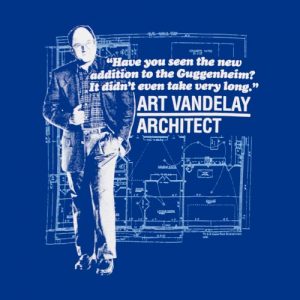 Jason Alexander as Art Vandelay from Seinfeld thinks being an architect can attract the ladies so he pretends to be one. He establishes that lying is ok to achieve the end he desires. He does not limit his professional lying to architecture, he also is an importer exporter among other professions.
Jason Alexander as Art Vandelay from Seinfeld thinks being an architect can attract the ladies so he pretends to be one. He establishes that lying is ok to achieve the end he desires. He does not limit his professional lying to architecture, he also is an importer exporter among other professions.
Michelle Pfeiffer as Melanie Parker in “One Fine Day” is seen trying to balance being an architect as a single mom. She builds huge models and has meetings that determine her future success in the industry. She is unorganized and barely hanging on to the complexities of life.
Robert Reed as Mike Brady in Brady Bunch portrays a man constantly at work standing over his drafting board that could not figure out a family of 6 kids (3 girls) needed more than one bathroom. One thing that always bothered me as a kid watching this show was the exterior of the house shown did not match the interior.
Richard Gere as Vincent Eastman in “Intersection” is the head of a prestigious architecture firm. He cannot find happiness or fulfillment in his life even though he has a successful career and at one point family life. The idea of the architect as a tortured soul runs through many of these characters.
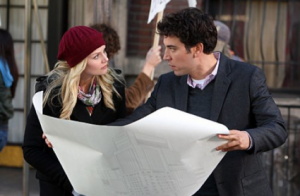 Josh Radnor as Ted Mosby in “How I Met Your Mother” is almost never at the office and when he is, he is fighting for his design voice to be heard. He lives most of his life at a bar or with a drink in his hand. He struggles with his architectural visions trying always to be a starchitect.
Josh Radnor as Ted Mosby in “How I Met Your Mother” is almost never at the office and when he is, he is fighting for his design voice to be heard. He lives most of his life at a bar or with a drink in his hand. He struggles with his architectural visions trying always to be a starchitect.
Matthew Perry as Oscar Novak in “Three to Tango” portrays again the negative perception of an architect who will not let honesty stand in the way of getting that next big commission.
John Cleese as Mr. Wiggin in Monty Python architects sketch highlights the use of conveyor belts and rotating knives in slaughterhouse designs and points the blame for not designing the right solution at the “non-creative garbage” clients force into his work.
Wesley Snipes as Flipper Purify in “Jungle Fever” portrays a young architect fighting his way up the corporate ladder just to be knocked down. He cheats on his wife and argues his value to partners that use his talent without giving him credit. Again the architect is seen as someone without ethics both in Flipper and the partners at the firm.
Woody Harrelson as David Murphy in “Indecent Proposal” is an architect so down on his luck and ethics that he is willing to auction off his wife for a night. It does not get worse than this guy when it comes to ethics.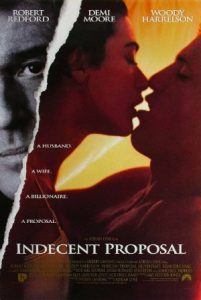
Perhaps a better portrayal of the architects is Gary Cooper as Howard Roark in “The Fountainhead.” He is a young architect that chooses to struggle in obscurity rather than compromise his artistic and personal vision. He refuses to back down when the client demands he make changes to achieve the goals of widespread acceptance. He is torn between getting the job or changing his entire vision to satisfy his clients. In reality, we are there to guide the clients and develop their vision, not overlay our beliefs on their projects.
One of the more positive portrayals is Meredith Baxter-Birner as Elyse Keaton in Family Ties who never seemed to have issues working from home while raising a family. She found places to work on drawings around the house never letting accidents happen that set her back in design. I bet she was focused on green design solutions even though it never came up in conversation.
While all but perhaps Family Ties shows the architect in a negative light by not having high ethical standards nor being able to listen to clients demands to adapt design, the use of architects as a background for character development continues. Our profession is celebrated as a negative character flaw for the most part by Hollywood. If only we could be seen as the hero in one show or movie that brings positive solutions to communities. Instead we are left struggling along as portrayed in this YKKAP I am Architect video that shows the architect as a rap star!
Who is your favorite pop culture architect?
Solar is sexy. You see it on television, read about it in newspapers, and see it on roofs. Going green and adding solar walk hand in hand in the mass media. However, many don’t understand all the options and implications of using solar energy in building structures.
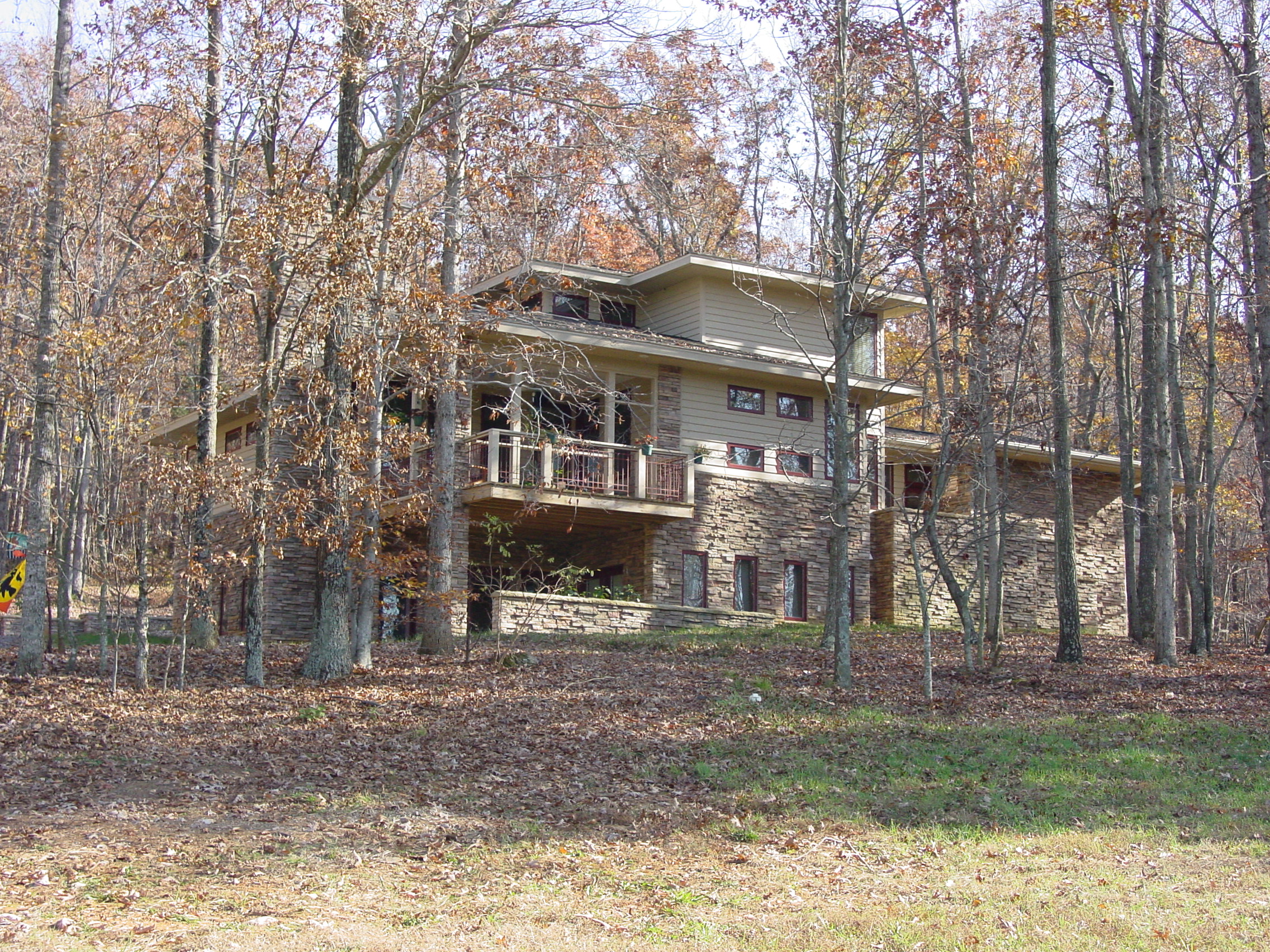
distribute solar energy in the form of heat in the winter and reject solar heat in the summer
